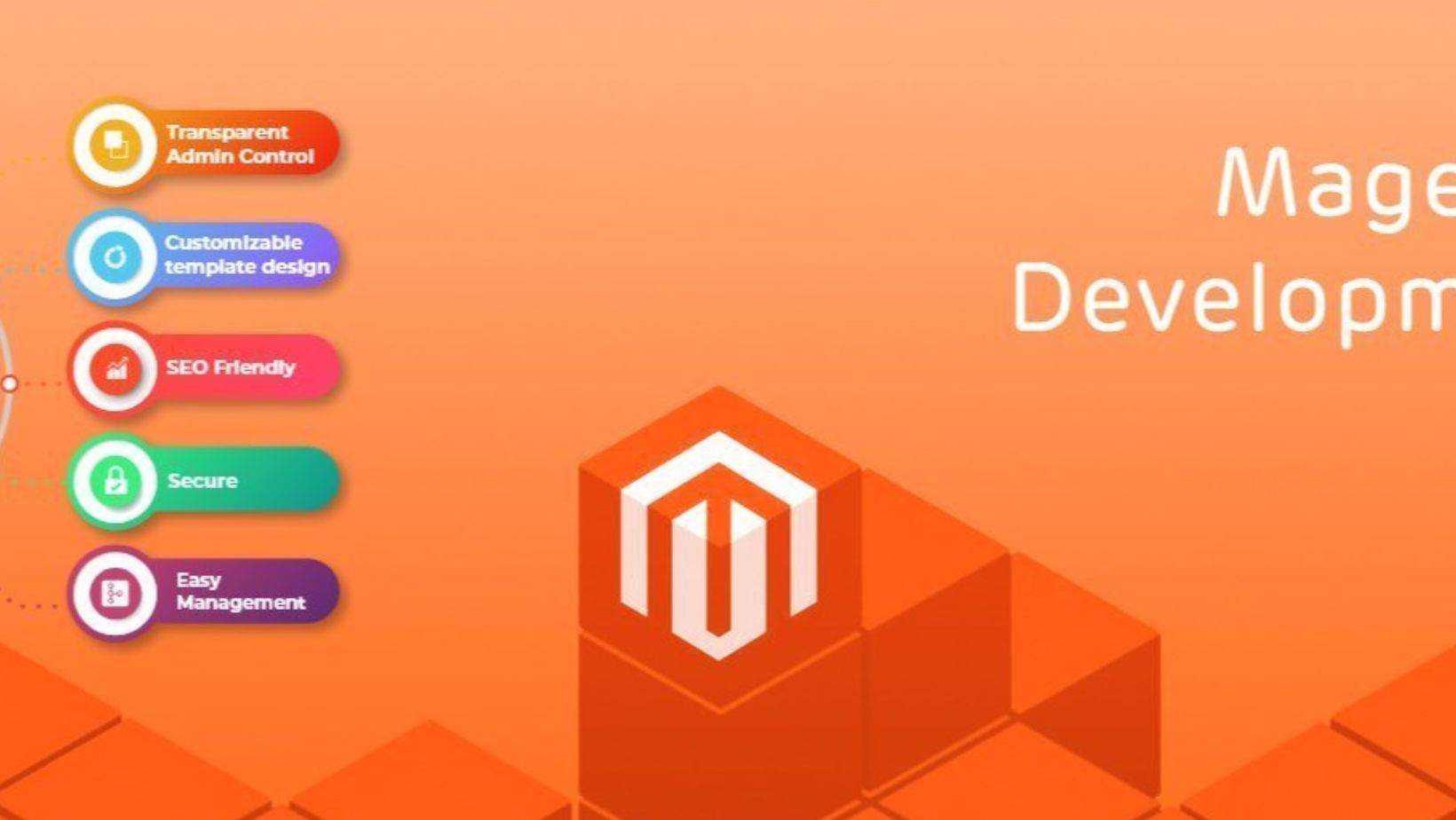If you run a sportsbook affiliate blog, a neighborhood shop, or a compact operations team, AI can help you automate tasks, sharpen decisions, and cut repetitive work. The hard part is deciding where the models should live: on local devices (edge) or in a hosted platform (cloud). As with picking casino games by RTP, owners chase predictable value—players flock to games with a solid return profile, and tech buyers want the best payoff per dollar. That’s why the topic mirrors how readers assess https://first.com/casino/most-rtp —you compare odds, speed, and reliability before placing a bet.
Edge AI means the model runs on a device you own: a point-of-sale tablet, camera gateway, kiosk, or phone. Cloud AI keeps the model behind an API call in a provider’s environment. For small businesses, the decision affects latency, cost structure, privacy, reliability during outages, and how quickly you can scale new features. Below, you’ll find one clear comparison and a practical checklist geared for tiny teams with short budgets.
Table of Contents
ToggleEdge vs. Cloud at a Glance
Before crunching numbers, it helps to see how each option behaves across the factors owners care about most. The table below outlines practical differences you can use during planning.
| Factor | Edge AI (on device) | Cloud AI (hosted API) |
| Typical latency | Near-instant for compact models (often <50 ms on modern chips) | Network round-trip adds time, often 100–600 ms for inference, longer with cold starts |
| Network dependence | Works during internet outages for ongoing tasks | Requires stable internet; degraded or offline network halts requests |
| Data privacy | Raw data can stay local; good for video, audio, PII at capture point | Data leaves your site; strong controls exist but still off-prem transmission |
| Updates & iteration | App or model updates must be pushed to devices; slower fleet turnover | Ship changes once on the server; all clients gain new behavior at once |
| Hardware cost | Upfront spend on capable devices; no per-call fees for local inference | Low upfront spend; pay per request, per token, or per minute |
| Scaling with demand | Limited by device resources; add more devices as you grow | Elastic; spikes handled by provider capacity |
| Energy & heat | Local compute may raise power draw and thermal needs | Energy is the provider’s problem; your devices stay lighter |
| Compliance posture | Easier to keep sensitive media on-site | Easier to centralize audits, logging, and access control |
| Offline continuity | Keeps working during ISP hiccups and field work | Outages stop inference; caching helps but not for all tasks |
| Best fit tasks | Vision at the curb, checkout fraud hints, voice on kiosks, safety triggers | Large language models, heavy vision, long context analytics, batch predictions |
Takeaway for this subsection: If your workflow must respond fast, protect raw footage, or run during patchy connectivity, edge is a strong candidate. If your workload demands big models, rapid iteration across many endpoints, and elastic scaling, cloud brings speed of delivery without device upgrades.
Decision Checklist for Small Teams
This section gives a tight checklist you can work through with a single stakeholder meeting. Answer each item with “edge,” “cloud,” or “hybrid” and you’ll be close to a go-forward plan.
- How sensitive is the raw data?
Camera feeds at the doorway, payment card audio, or age-verification shots point to edge or hybrid pre-processing with redaction before any upload.
- What latency is acceptable for the task?
Sub-100 ms reactions (safety alerts, queue counting) lean toward edge. Second-level responses (back-office insights, text analytics) fit cloud.
- What happens during an outage?
If the task must continue during ISP dropouts—think checkout kiosks or visitor flow counters—edge helps keep the lights on
- How fast will you iterate?
Weekly fine-tuning and feature flips are easier in cloud. Device fleets can update, but rollout discipline is required.
- How variable is demand?
Promo nights, game days, or seasonal spikes favor cloud elasticity; steady, predictable workloads can live on edge hardware.
- What is your budget profile?
Edge shifts cost to devices you already own; cloud shifts cost to per-call fees. Pick the curve that matches cash flow.
- Which skills does your team have?
Mobile/embedded chops point to edge; DevOps and API fluency point to cloud; a mix points to hybrid.
- Where will audits live?
Centralized logging and policy enforcement are simpler in cloud; local processing reduces the audit surface by limiting data egress.
Takeaway for this subsection: When “right now” actions, privacy at capture, and offline resilience matter, edge wins. For rapid rollout, experimentation, heavy models, and spiky traffic, cloud keeps teams nimble with less hardware fuss. If answers land on both sides, a hybrid split—local pre-processing with cloud for final decisions—often delivers the best of both.
How Small Businesses Can Apply the Split Without Heavy Engineering
Start by mapping one narrow job to each side, then measure. For example, let a tablet near the entrance run a compact vision model that counts visitors and flags obvious line growth. That’s local, fast, and private. Send only summary metrics—counts, averages, short text—to a hosted service that pairs traffic with offers, staff schedules, or matchday forecasts from your content calendar. The local device never ships identifiable footage, and the hosted side handles bigger math without stressing your hardware.
Another pattern that works well for affiliate marketers and storefront operators: run keyword spotting or basic OCR on a phone or kiosk to catch receipt text or campaign codes, then ship clean text to a cloud LLM for categorization, routing, or customer replies. You get the privacy comfort of local scrubbing, with the creative muscle of hosted language models when you need it.
Cost Thinking that Fits Real-world Cash Flow
Budgets for small teams tend to swing between “buy once and keep it running” and “pay as you go.” Edge fits the first mindset: you might pay for one capable mini-PC or upgrade a few tablets, then run compact models for pennies of electricity. Cloud fits the second: no hardware upgrade, but you pay per request or per token, which makes forecasting tied to traffic or seasonality.
A practical way to avoid surprises is to prototype a week of traffic and track three numbers: average calls per hour, average payload size, and peak hour. With those, you can model a simple cost curve. If your peak hour is several times larger than average, cloud flexibility often saves you from over-buying devices. If demand is flat and local, edge may be cheaper after the first month.
Latency and Quality: Small Models vs. Big Brains
Edge favors compact models: distilled vision nets, keyword spotters, smaller text classifiers. Those shine when the question is tight and the input is constrained. Cloud shines when you want long context, reasoning over multiple sources, or fast access to fresh updates. A common blend is to run a small “gatekeeper” model on device to filter, redact, or triage, then send a reduced payload to a larger hosted model. This reduces network cost and reduces exposure of sensitive media.
Security and Compliance Without Anxiety
For shops that touch payment data or camera feeds near entrances, two controls go a long way. First, process media locally as far as possible: blur faces, mask card PANs, strip audio segments you don’t need.

Second, log every call that leaves your site: purpose, fields included, retention policy. Cloud providers supply strong tools for keys, IAM roles, and audit logs; edge gives you fewer outbound events to track. Pick the mix that helps your auditor sleep well and your staff stay productive.
A Quick Playbook to Reach Value Fast
Start with one task that already wastes time: manual counting, basic tagging, or repetitive replies. Ship an MVP in two weeks, not two quarters. If it needs real-time reactions and privacy, pick edge. If it needs heavy text, flexible prompts, or frequent tweaks, pick cloud. Draft clear acceptance metrics—latency budget, daily cost ceiling, and error tolerance—then run a live A/B between the two approaches for a small slice of traffic. Keep whichever variant hits the target with fewer surprises.
Putting It All Together for iGaming-adjacent Workflows
Affiliate content teams can run on-device quality checks for screenshots, logos, and age-sensitive imagery before anything touches a server, while the hosted side scores article drafts, clusters search intent, and drafts outreach emails. Brick-and-mortar betting lounges can track footfall locally while a cloud model forecasts staffing for derby days. In both cases, the winning play is to keep sensitive stuff local, ship only what’s necessary, and reserve the hosted muscle for tasks that truly need big models and quick iteration.
Treat deployment location as a business wager you can hedge. Edge gives you speed, privacy, and resilience right where work happens. Cloud gives you rapid change, scale on demand, and less hardware babysitting. Many small teams get the best return by placing a chip on both squares—lightweight models at the edge for capture and instant actions, heavyweight models in the cloud for reasoning and growth—then letting measurement, not hype, decide where the next investment goes.






